Earth's Tongue 2014 Mushroom Hunting Expedition (Part2)The trip to Huautla was an important part of this expedition. It had the answers to many questions that Ben needed answers to. What happened to Maria Sabina’s family? What are their life’s like? Are the mushroom rituals still in practice? If so who performs them and how? What species of mushrooms are used for these rituals?
Ben was about to find out the surprising truths about Huautla and the deep rooted mushroom culture within.
From Oaxaca, Oaxaca Ben took a bus to the city of Huatla de Jimenez located in northern Oaxaca. With a very early morning arrival Ben got off the bus and within seconds a man by the name of Juan approached him and asked if he needed a place to stay. Weary at first reply, “Yes what do you have”? “A cabin” the man replied. “What kind of cabin are there rooms or is it shared”? He said “well it’s really my house I just call it a cabin”. “Ok, that’s fine how much”? “Only 30 pesitos” he replied. “But there’s other people there” he said. “That’s fine I don’t mind” Ben replies. “We can go as soon as I get more people I’m waiting on”. At which point Ben was about to go his own way but the man insisted that it was a good place and he could get his own private room. As they walked together the man asks Ben, “so you are here for the ritual huh”? Ben answers “what ritual, you mean mushrooms”? “Yes the mushroom ritual” says Juan. “No I'm, here to do a documentary about mushrooms” Ben answers. “Oh, really where we are going there's a lady who does mushroom rituals” Juan nods his head. So it begins to get interesting.
Ben arrives at a house with several rooms which all lead to an outdoors concrete space and a shared bathroom with a blanket as the door. It seems this is a place where tourists often visit or are taken there by these guides. As Ben chats with some of the people there it seems they are all there for the "ritual." Most people are Mexican nationals from different states and a few foreigners from USA and Europe. The locals in Huautla all speak their native tongue of Mazateco amongst themselves, some speak Spanish as well and some do not. The lady (whose name will be left out) who does the rituals in this home only speaks Mazateco and very little Spanish. She is over 90 years old and has been doing this all her life. Ben asks his guide Juan to translate the conversation. Ben kindly asks the lady if he can interview her for a documentary. He explains to her that it is to show people how mushrooms are used to cure in their culture. She says she does not want to be interviewed. Ben insists that this work is very important and it will live on forever, well after she is gone. She thinks for a while and says “I am too old and I'm scared of what will happen. You saw what happened with Maria Sabina and I do not want that to happen again”. She looks at Ben in deep thought and smiles with sweetness in her eyes and says “I see that there is great importance in your work. I may not be able to help you with what you want with me, but come with me I will give you my blessing”. She leads Ben into her room where her holy altar is with candles and an image of Jesus Christ. She begins to pray in Mazatec facing her altar and then facing Ben and praying over his mind and body. As he heads out Juan says to him “well I guess you are on a quest, she gave you her blessing”!!
Ben grabs his things and heads out towards Maria Sabina’s old house. He hikes the way of “El Cerro de la Adoracion”. As he arrives a sign clearly points to "La Casa de Maria Sabina." or Maria Sabina’s House. There are people outside wondering who this man is hiking up the street and stopping in front of the house. Ben introduces himself to them and asks if he's at the right place. They are incredibly friendly and invite him inside. Ben sits on their outdoor patio and speaks with Maria Sabina’s great grandson whose name is Pablo Garcia Ortega. They talk about their history and the family in the present and what’s become of them. Their family now is divided into 2 homes and basically 2 sides of the family. One side is the grandson Magdaleno Garcia Martinez and his son Pablo and grandchildren who live on the house on the left, and on the right lives the grandson Filogonio Garcia Martinez and his sons Bernardino and Jorge and grandchildren. Pablo talks about a type of competitive relationship that they share with the rest of the family. His dad Magdaleno lived and helped Maria Sabina when she was still alive as well as attended many of the rituals she performed. He learned from her for many years and decided to continue the rituals himself after she passed away using his grandmothers’ chants and following the ritual exactly as his grandmother Maria Sabina did. The other grandson Filogonio did not spend as much time with her as Magdaleno did due to him arriving in Huatla with the grandmother until she almost passed. Fologonio did however also become very interested in the ritual and learned all he could from her and to this day still performs the rituals as well just like his grandmother Maria Sabina. It seems there's a typical brother to brother I guess healthy competitive rivalry with continuing the tradition of the family and being the best. 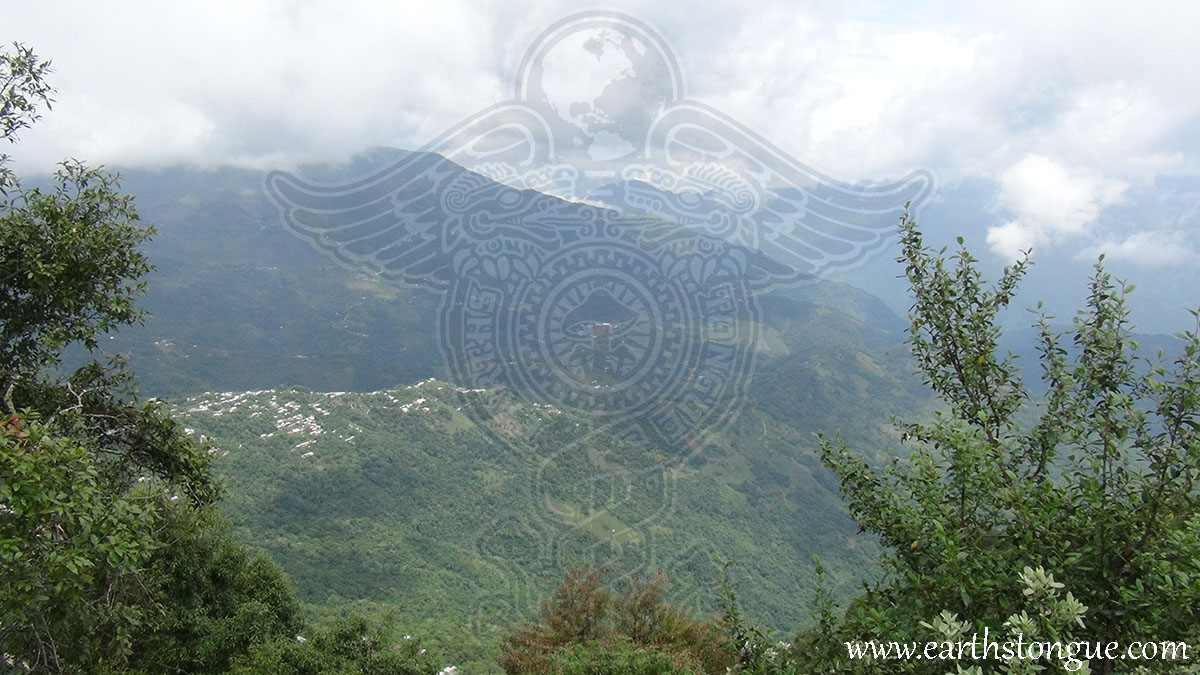
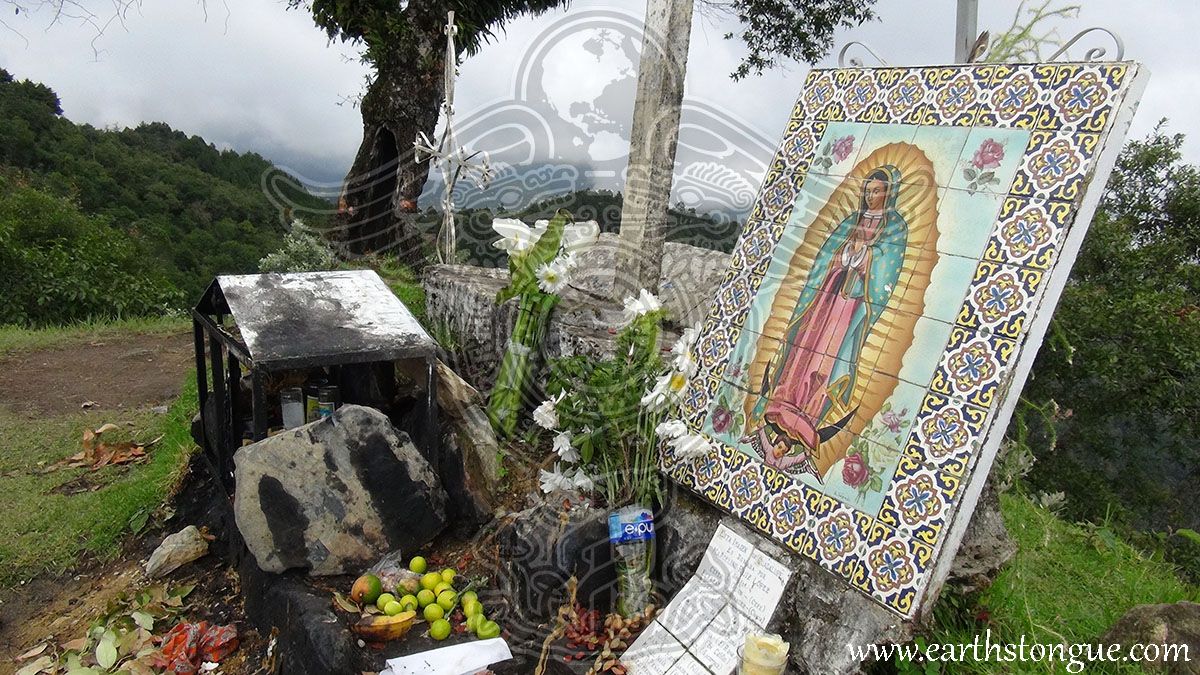
Cerro de La Adoracion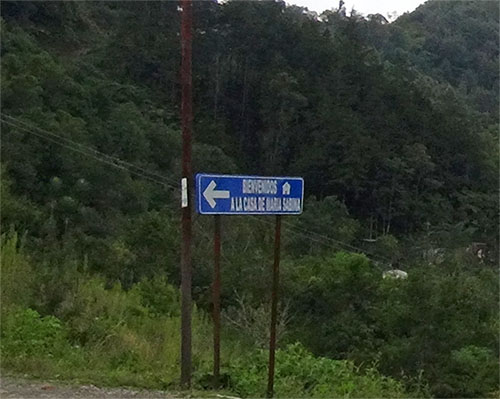
Magdaleno is not in Huautla at the moment and is in the hospital in Mexico City being seen on a follow up to some difficulties that he had so and interview with Magdaleno (Maria Sabinas grandson) is not possible but Pablo is more than willing to do the video interview and also knows everything about his grandmother, her rituals, and her life and is now writing a book called "La Verdadera Vida de Maria Sabina" "The Real Life of Maria Sabina." Pablo was 5 years old when his great-grandmother died and attends all of his dad's rituals and translates the ritual from Mazteco to Spanish as well as explains why each part of the ritual is done for people during the ritual. He has learned the Sabina way. 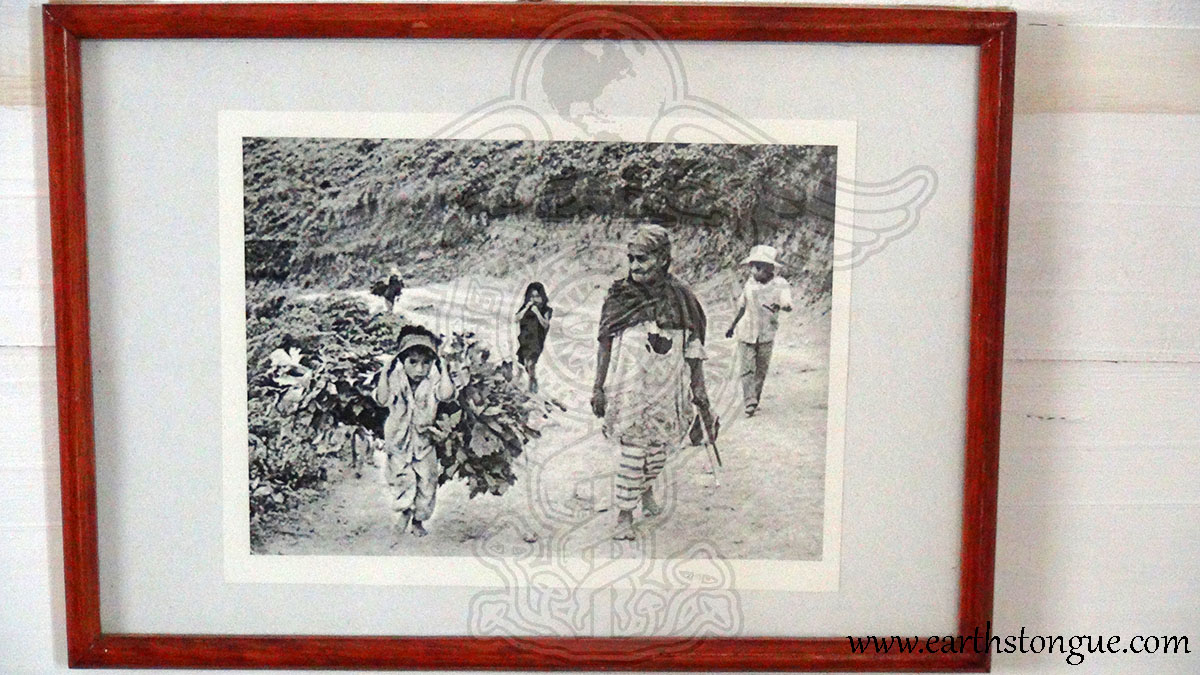
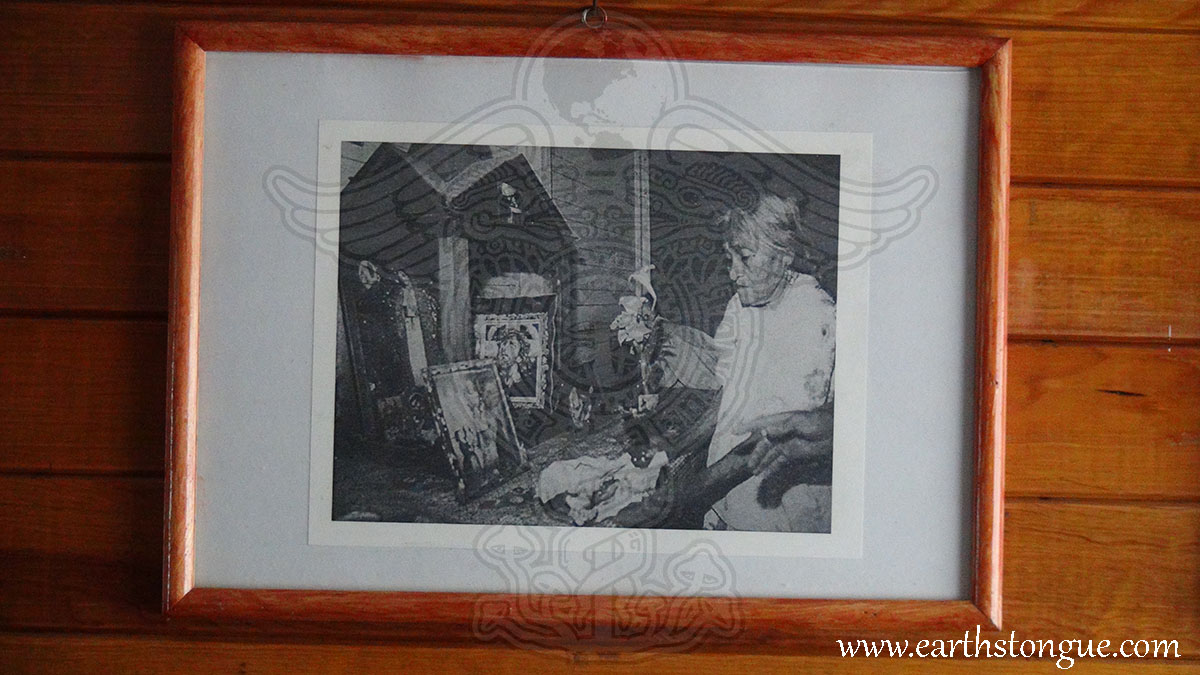
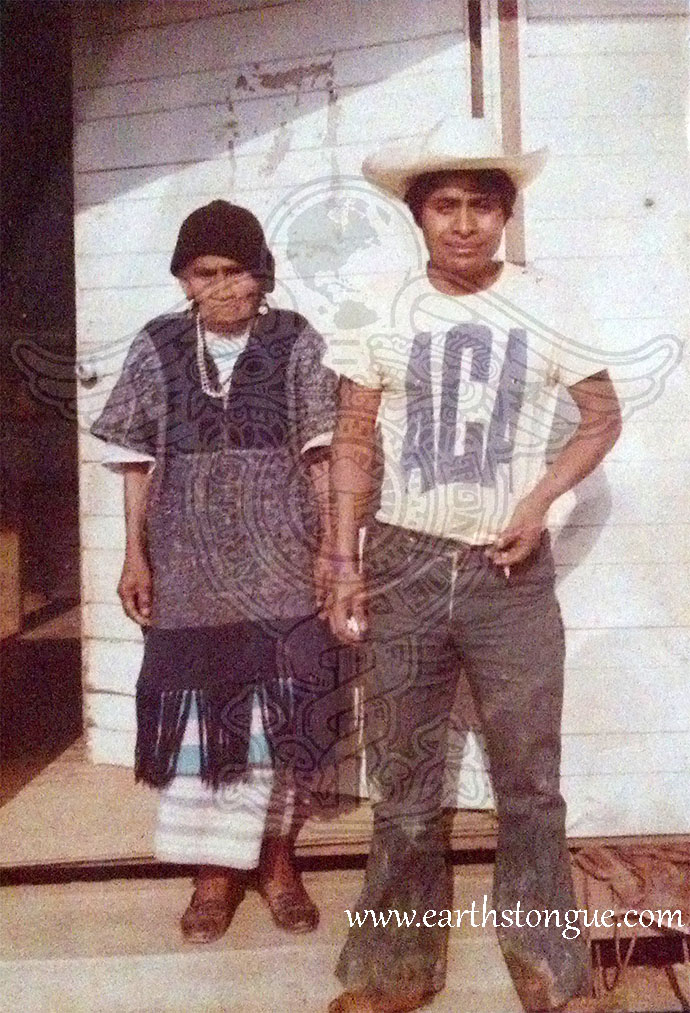
Maria Sabina and Magdaleno Garcia Martinez (grandson)
Pablo is incredibly humble and shared what they had without asking for a penny. They live very humbly with no luxuries. They collect water from the rain and boil it to drink and use it to shower and to flush their toilet. Cold showers is all they know. They use wood to cook in their kitchen in a chimenea and have to breathe smoke every time and every day that they cook or boil water. They do not have gas. Electricity is scarce and their home is all made of cement and brick and no real doors. Some of them sleep on the concrete floor with only comforter underneath and some on wooden boards. With this said, they offer a room for Ben to stay in for a few nights and also make him breakfast and coffee every day and invite him for dinner at their table. It was an incredible experience.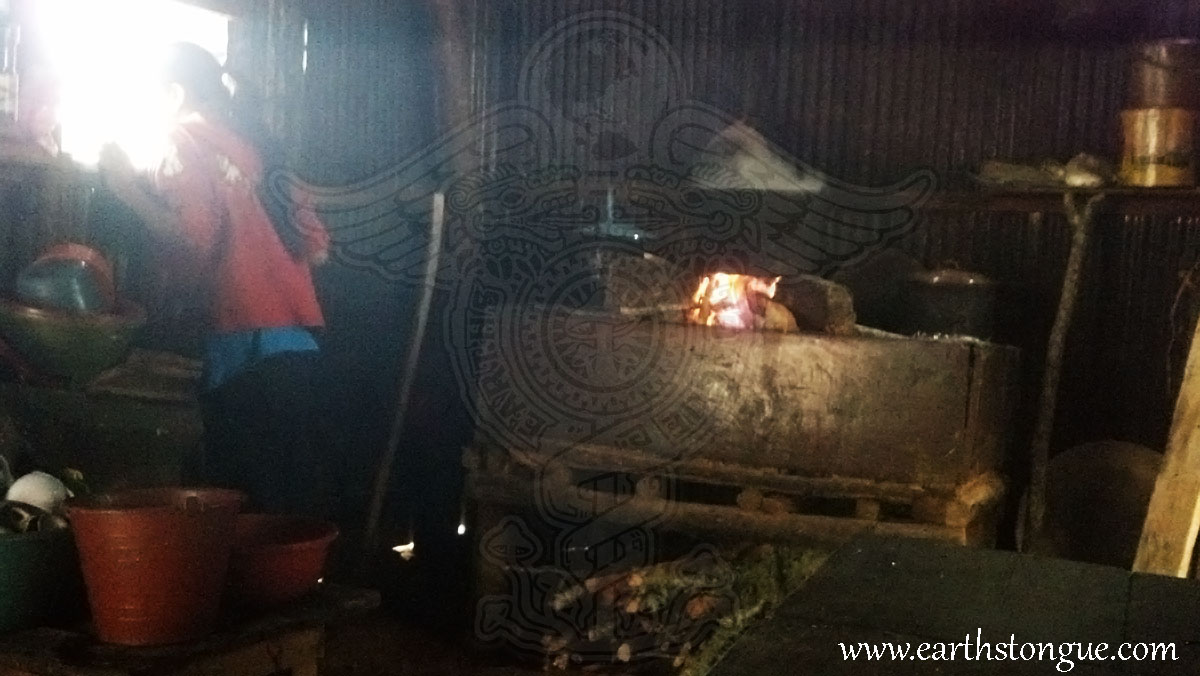
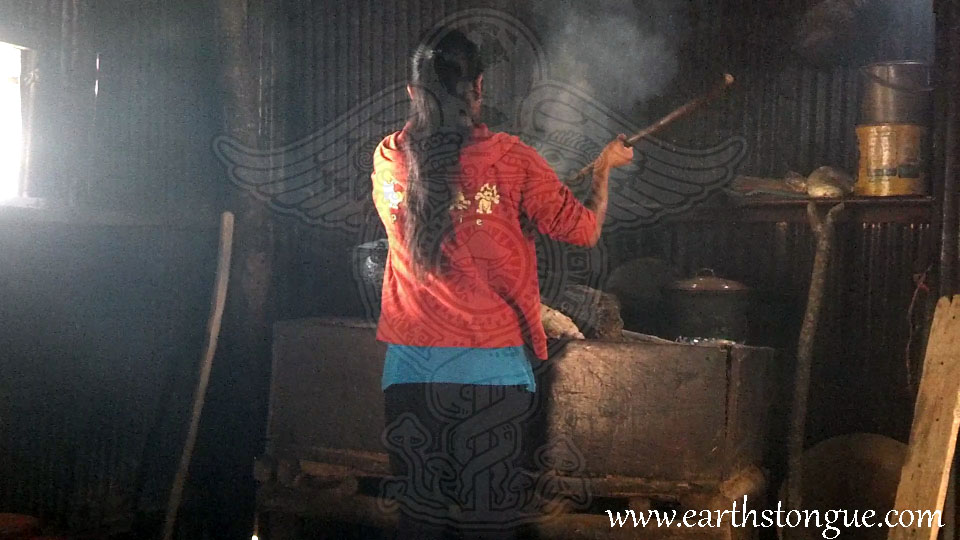
Astrid makes the best Oaxacan coffee.
Pablo shares with Ben that the town and the government have been milking their grandmothers’ name for profit since she became famous. Often time using her name to attract tourists to the town or to shops or even misleading tourists to believe that they are being led to Maria Sabina’s house or townsfolk saying that they are related to Sabina and that they also perform the ritual when they have no relationship at all with the family. Often time people say they are the sons or daughters of Maria or say they are they grandson or granddaughter of Sabina and mislead people to a different location much closer to downtown while the real family who live higher up gets only the leftovers of the tourism because of this. Also, now there is a yearly Maria Sabina festival that the city of Huautla and the state of Oaxaca advertise statewide. Thousands of people attend this festival and it brings great revenue for the city but the direct family see no profits from this festival and they continue to live in the most basic manner. So if you've been to Huautla or go to Huautla and they tell you that they are related to Maria Sabina, the only living relatives of Sabina who still perform the ritual are Magdaleno and Filogonio and they are old and don't speak very good Spanish only Mazateco.
During this festival the land is literally raped of all mushrooms during these days depleting the already rare and hard to find mushrooms to fewer and fewer coming back every year. Everyone including local children harvest the mushrooms to sell to the masses for quite a price tag. So people who live from and depend on these mushrooms for a living and a native way of life that goes back hundreds of years, now have trouble finding the mushrooms during these times.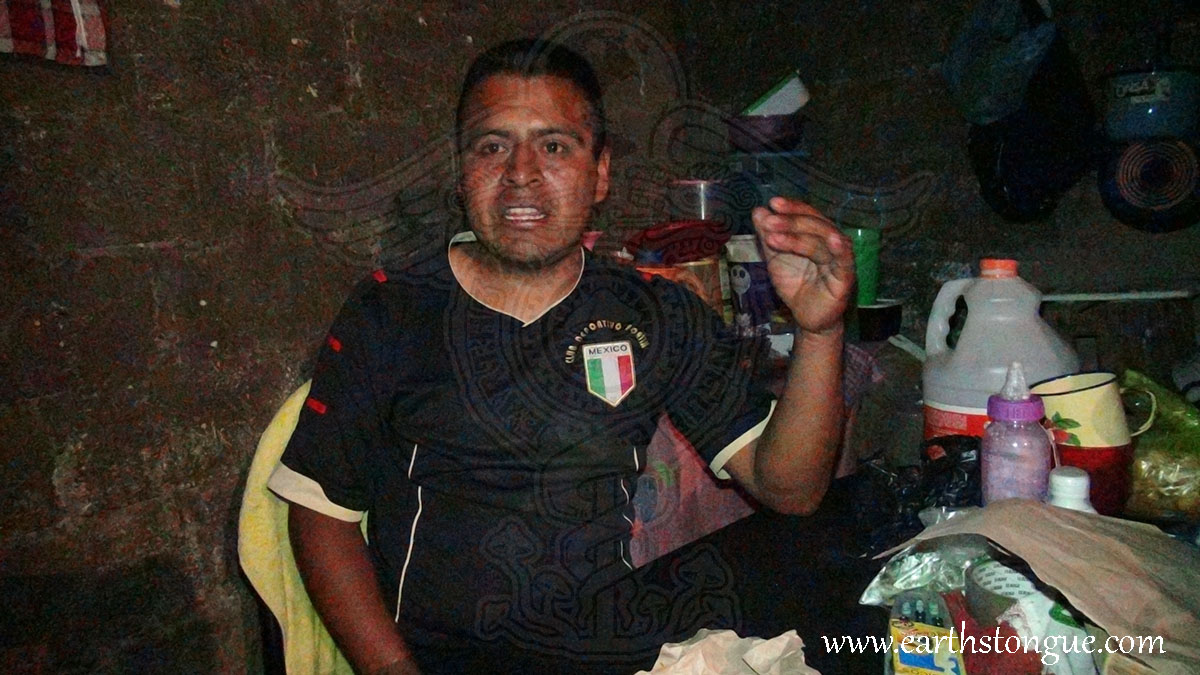
Pablo Garcia Ortega Maria Sabinas great-grandson.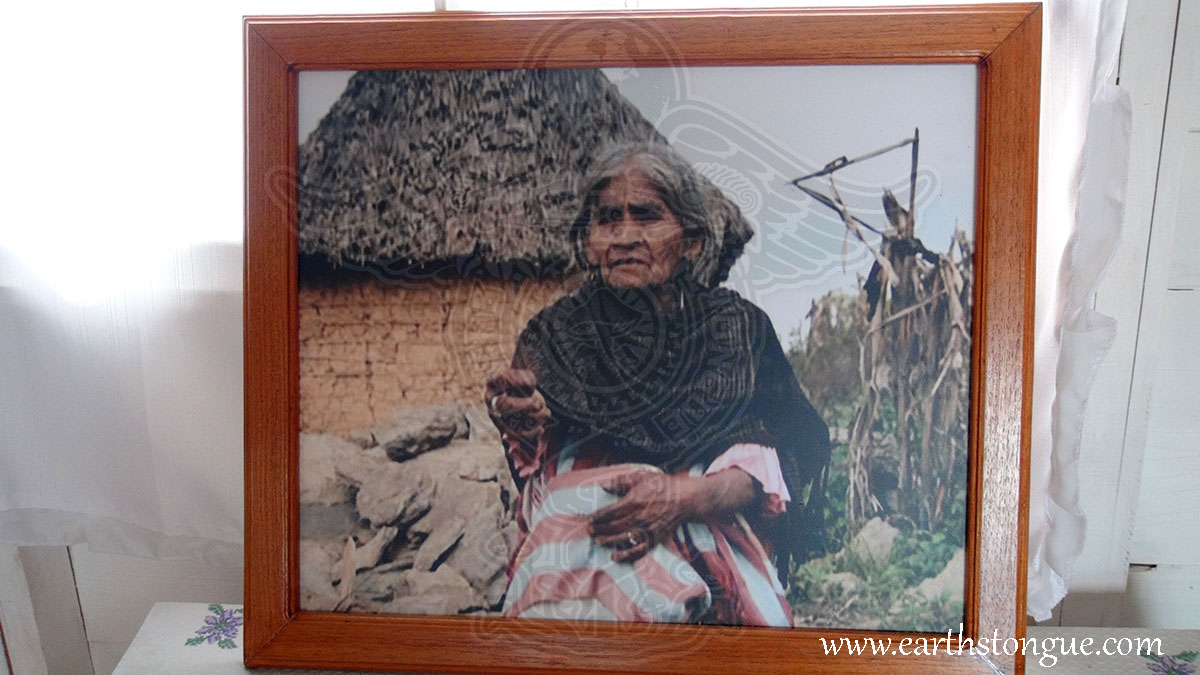
Photograph of Maria Sabina.
On the video interview Pablo goes into greater details of the truth about Maria Sabina’s life, the mushrooms she used and the ones they use now, what they are used for, and how. The importance of having a spiritual guide (or shaman) during sacred mushroom consumption, how to pick your spiritual guide, and what types of environments are just not going to work for your wellbeing. Also, the meaning that mushrooms have in Mazatec culture and why they are so sacred. Examples of people who have been healed with mushrooms. Fresh mushrooms are acquired and are shown on video with their local names as well as physiological properties.
Also, includes an interesting tale of Maria Sabina foretelling and warning John Lennon of his death.
In his free time Ben decides to go looking for mushrooms in the morning and finds a few rare but valuable finds.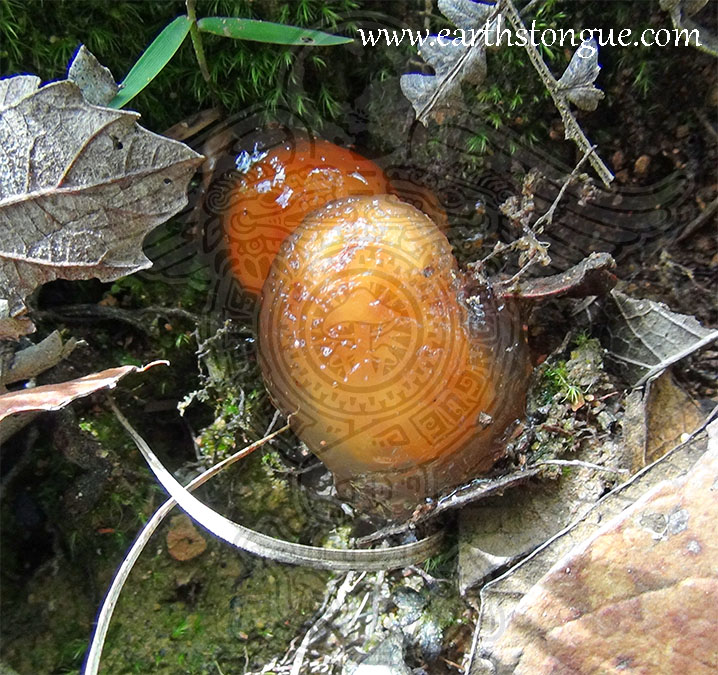
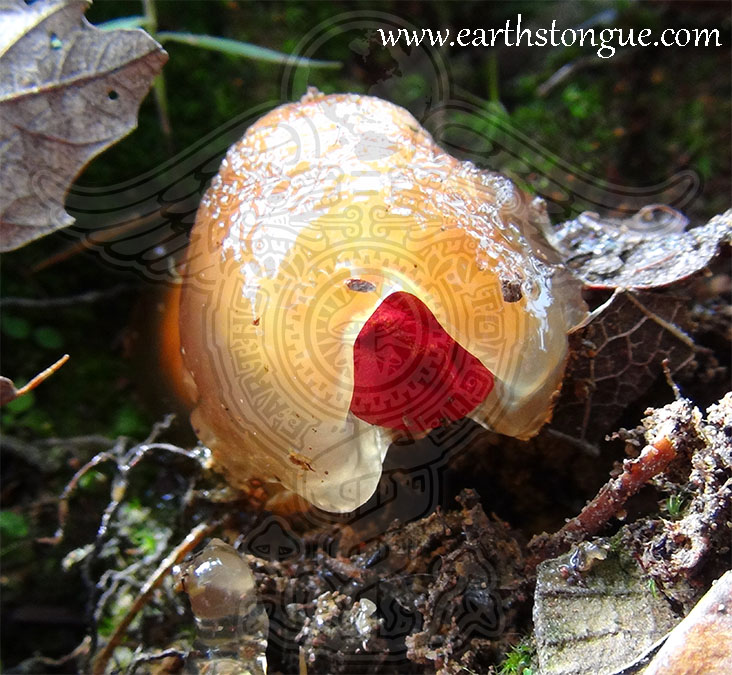
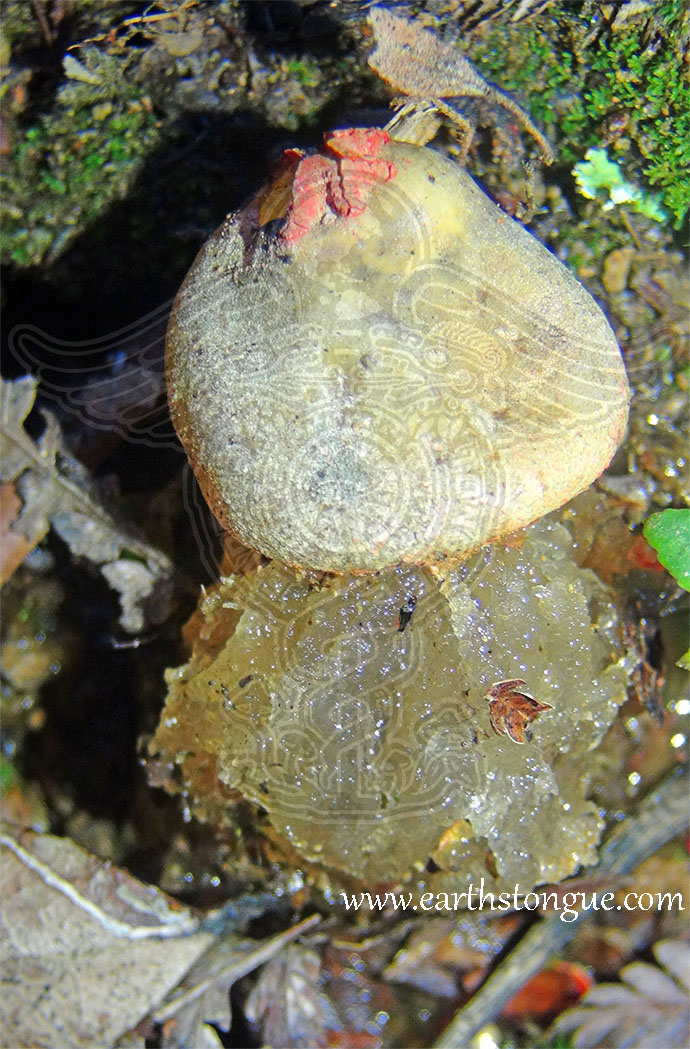
Calostoma Cinnabarium used to be eaten by the children of Oaxaca or sucked on like a lollipop during its early stages. Although today that custom has been almost lost as few natives even know what this mushroom is. Has a gelatinous layer on top which has a mild taste not exactly mushroomy just gelatinous. Almost looks like some sort of fruit when it's young. "cinnabarinum" is derived from the ancient Greek word kinnábari (κιννάβαρι), and refers to its "cinnabar-red" color, like that of dragon's blood. This find was deposited in the herbarium in Oaxaca. As it ages it turns into a very scary undesireable monster that sporulates through the pink "lips" on top.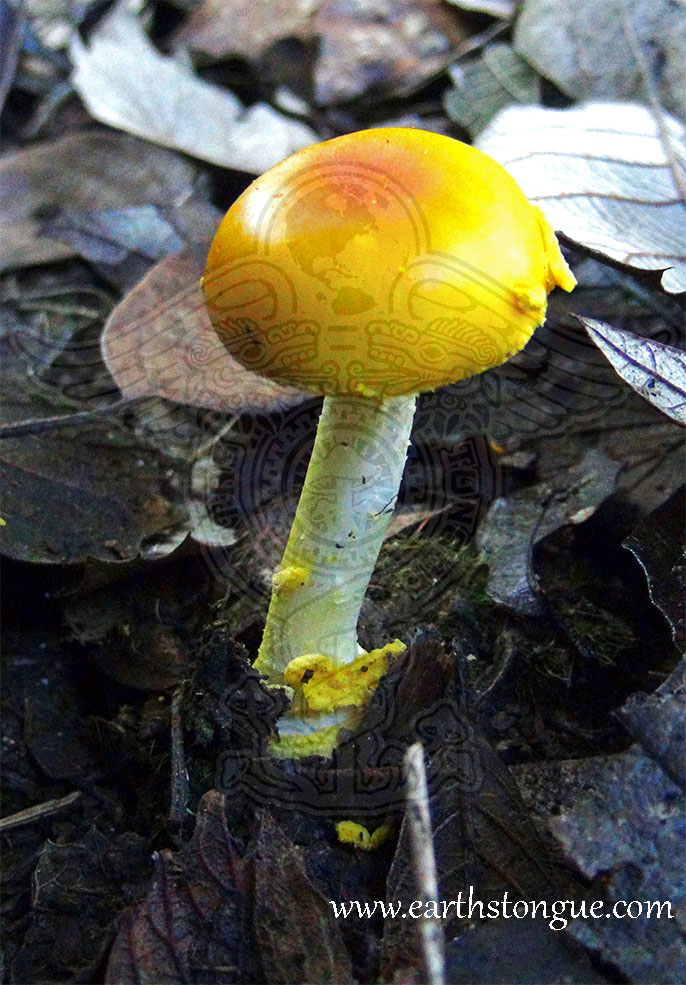
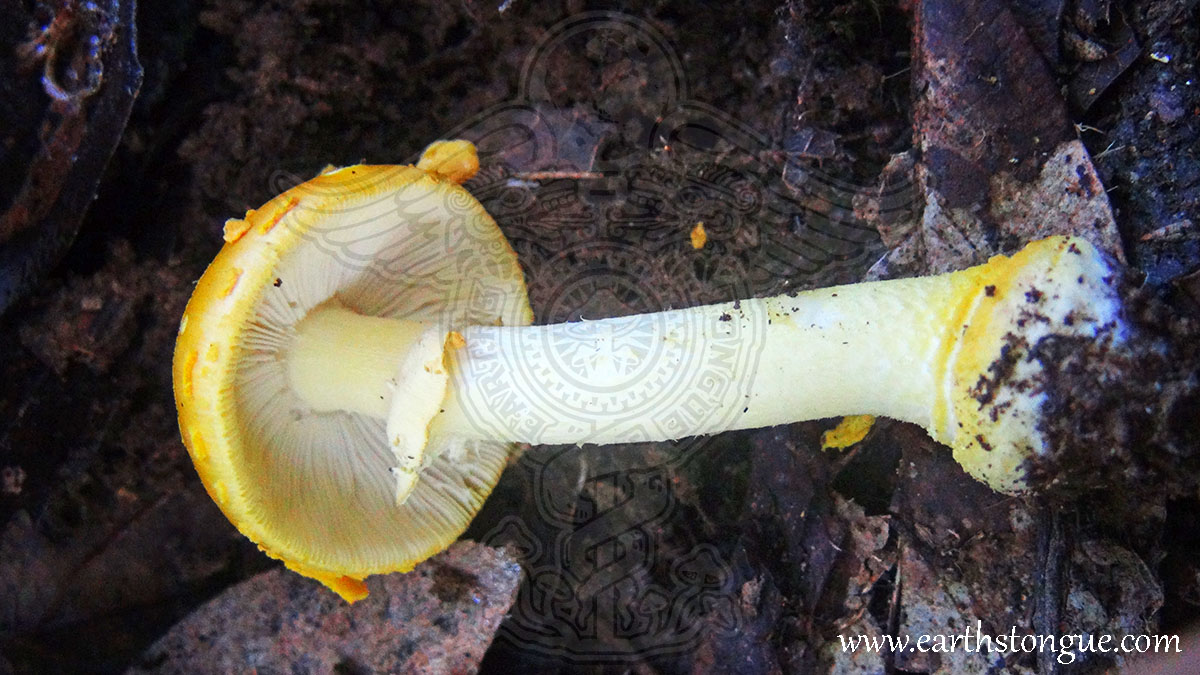
Amanita flovoconia reported edible common in Mexico and in USA. Specimen was deposited in herbarium of Oaxaca.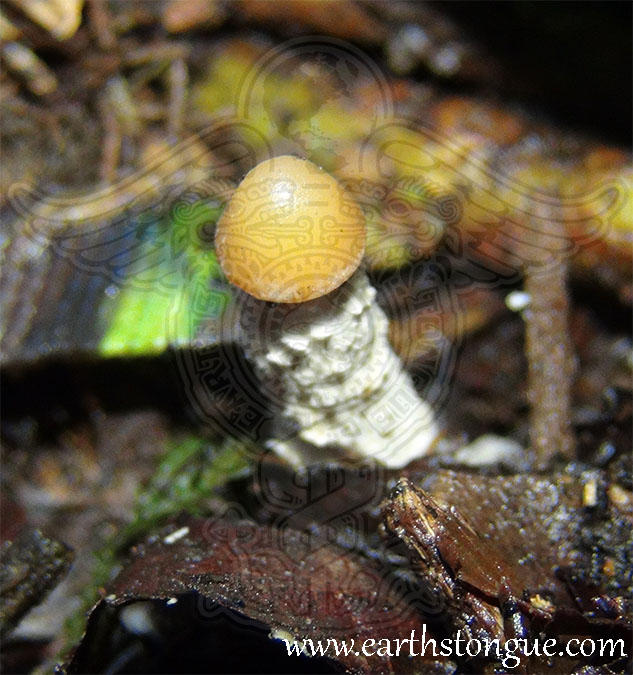
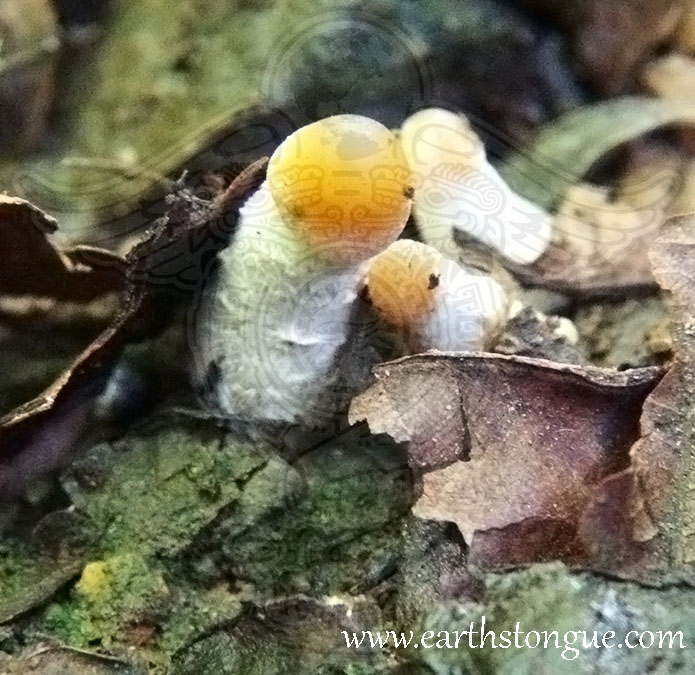
Psilocybe zapotecorum known to the locals as "Los Niñitos Santos." These specimens were left to fulfill their life course.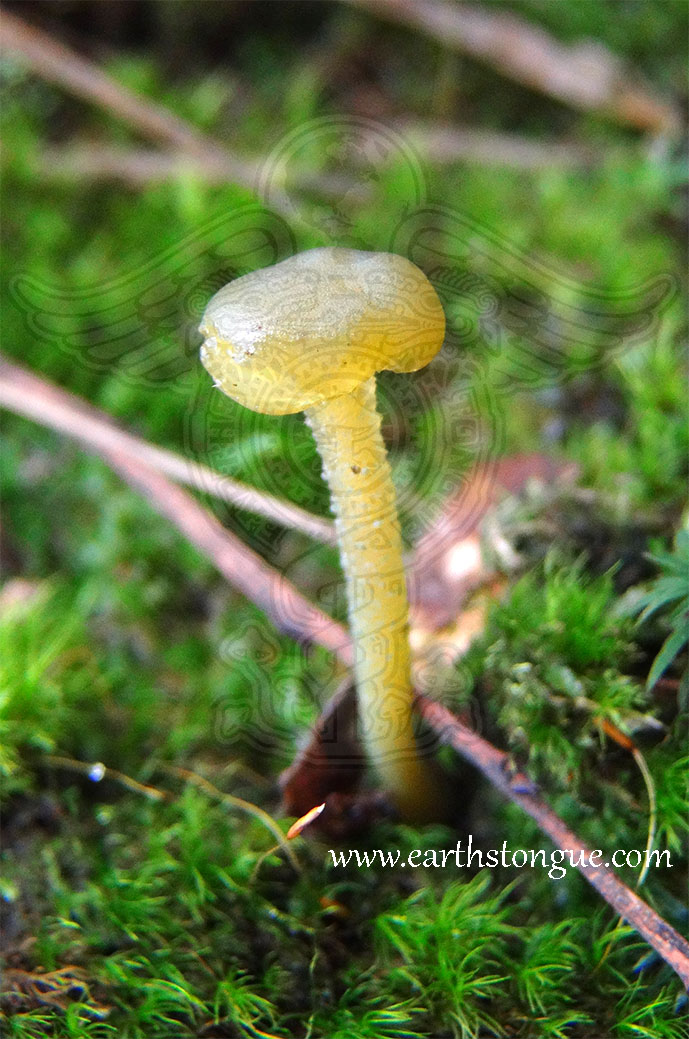
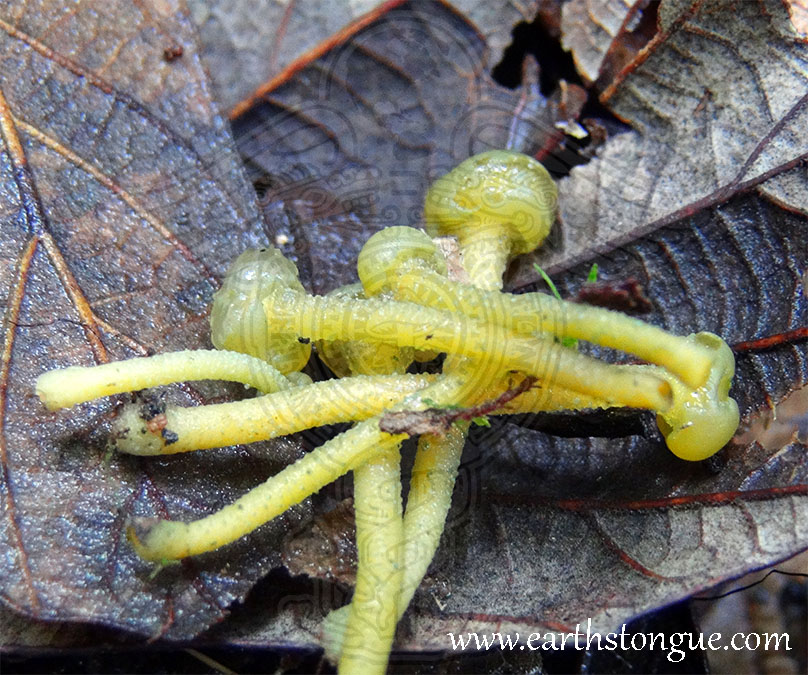
Leotia lubrica a very small yet good edible. Very nice flourescent green color in this find which was deposited in an herbarium in Oaxaca.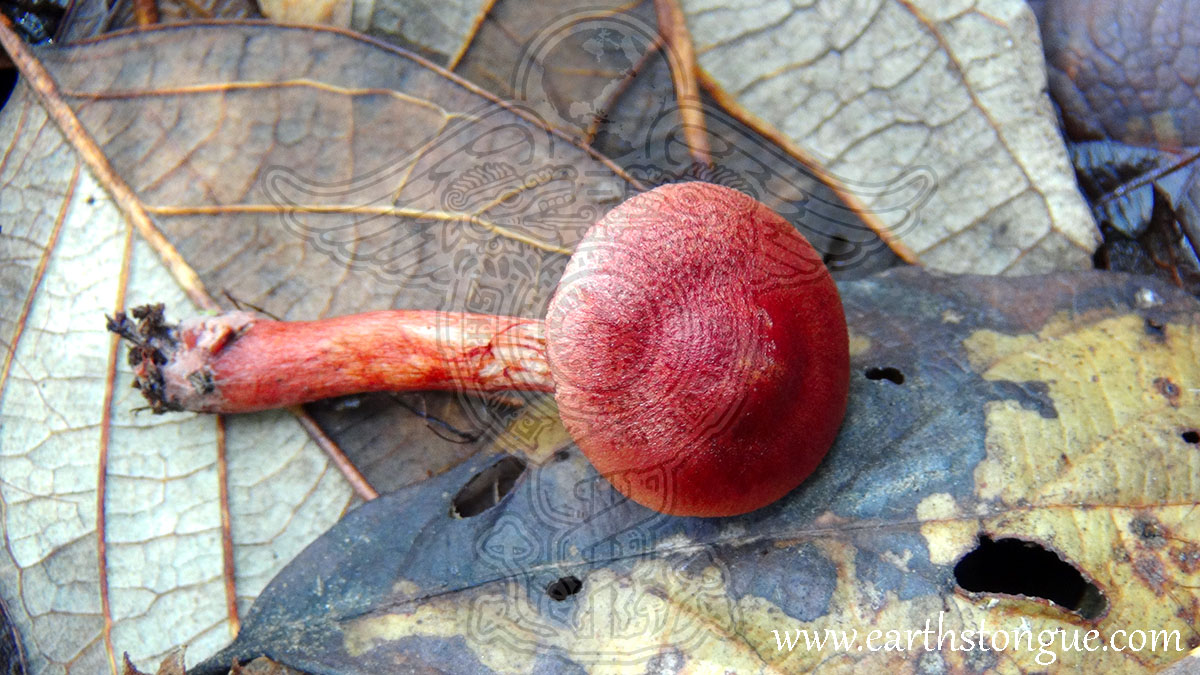
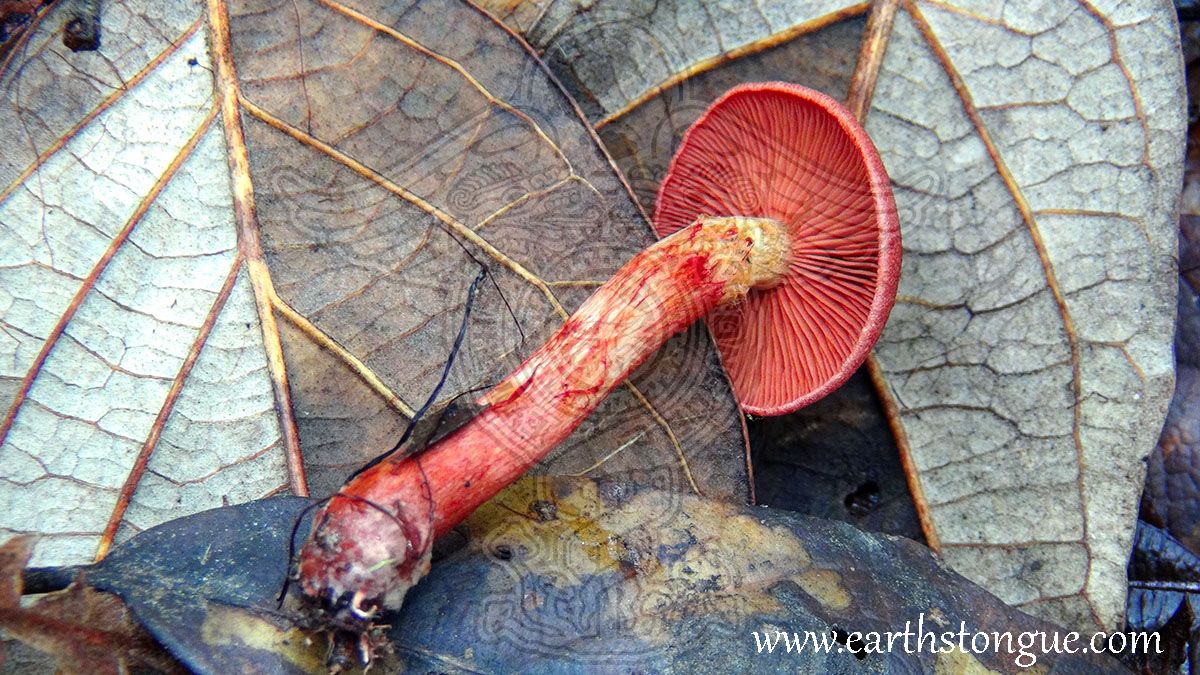
Cortinarius semisanguineus a species of mushroom commonly used as dye for textile yarns and fabrics. Works specially well on wool but also works on silk and cellulose fibers. Similar to Cortinarius sanguineus. It is usually dried first and soaked in water and or simmered to release the color. Not edible and known to be slightly toxic.
Ben also interviews the other side of the family and is able to get a one on one interview with grandson Filogonio. One of the only 2 living relatives of Maria Sabina who still practices the ritual as she did when she was alive. He has been performing the ritual for 45 years. They call the sacred mushrooms “Los Niñitos Santos” or “The Holy Children,” because they are born from the earth and they come from God. They believe that the “heart and mind of God” is inside the mushrooms and that is what teaches us and cleanses us. They have an extremely high respect for them and believe that the mushrooms are not to be viewed by anyone except the person who will consume them and the guide. If anyone but that person even looks at the mushrooms, they are considered tainted by that persons energy and must be purchased by that person as they cannot sell them or give them to anyone else. It’s a type of energy commonly called “ojo” or “evil eye” that a person may or may not knowingly “give” by looking at something. Since, the mushroom is a spiritual vessel and container which is to be ingested and works in the spiritual realm which we cannot see, then it also absorbs these spiritual energies into its flesh and can be passed onto to the person ingesting the mushroom. So, unnecessary handling or viewing of the mushrooms is very restricted. Filogonio goes more in depth on how the mushrooms are used to cure different types of physical and spiritual illnesses as well as how people can benefit from consuming the mushrooms in a ritual environment vs alone or in groups. Also, his thoughts on psilocybin in pills as being used and administered for studies worldwide.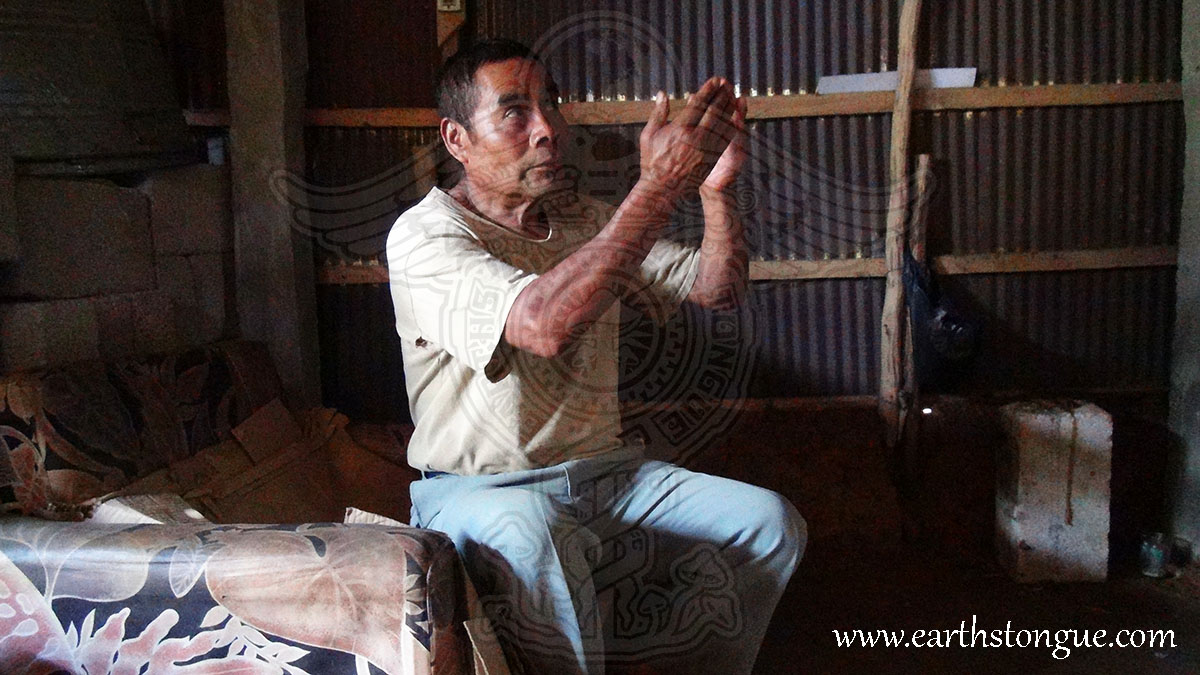
Filogonio Garcia Martinez Maria Sabinas grandson.
A separate interview with his 2 sons show us what they are doing to better the family name and help bring more money to her living relatives so that they may live more comfortably in the future and the struggle that it has been to date. They are also very familiar with the ritual itself and share some interesting stories.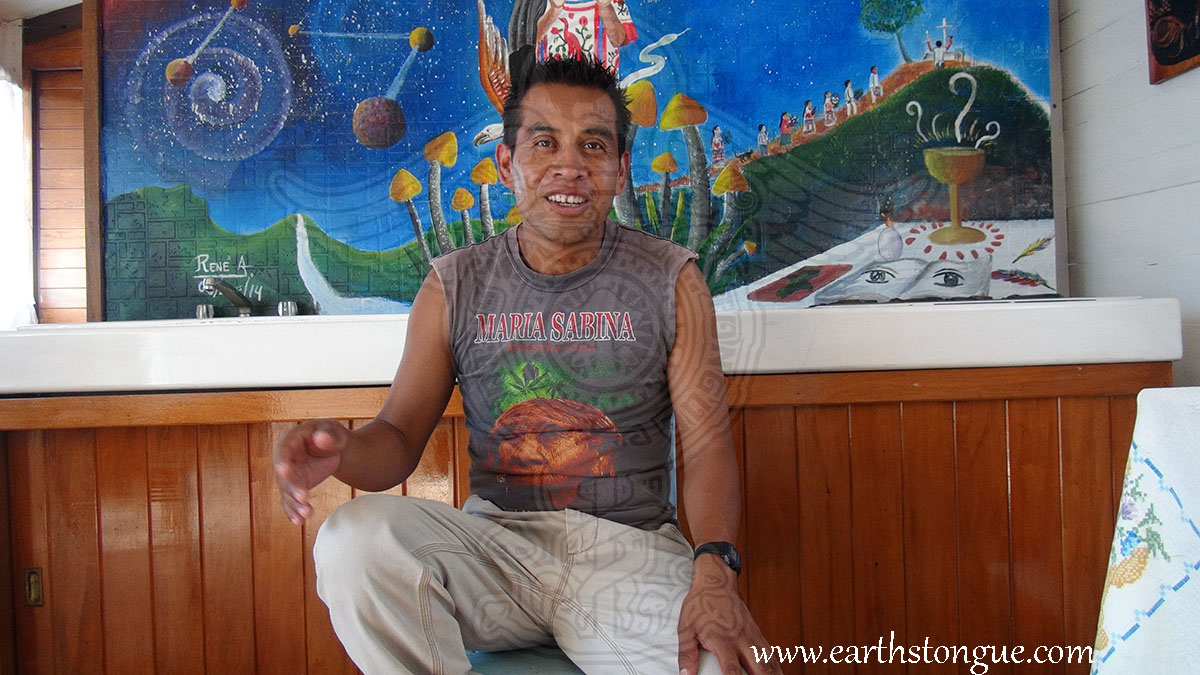
Bernardino Garcia Martinez (great-grandson of Maria Sabina)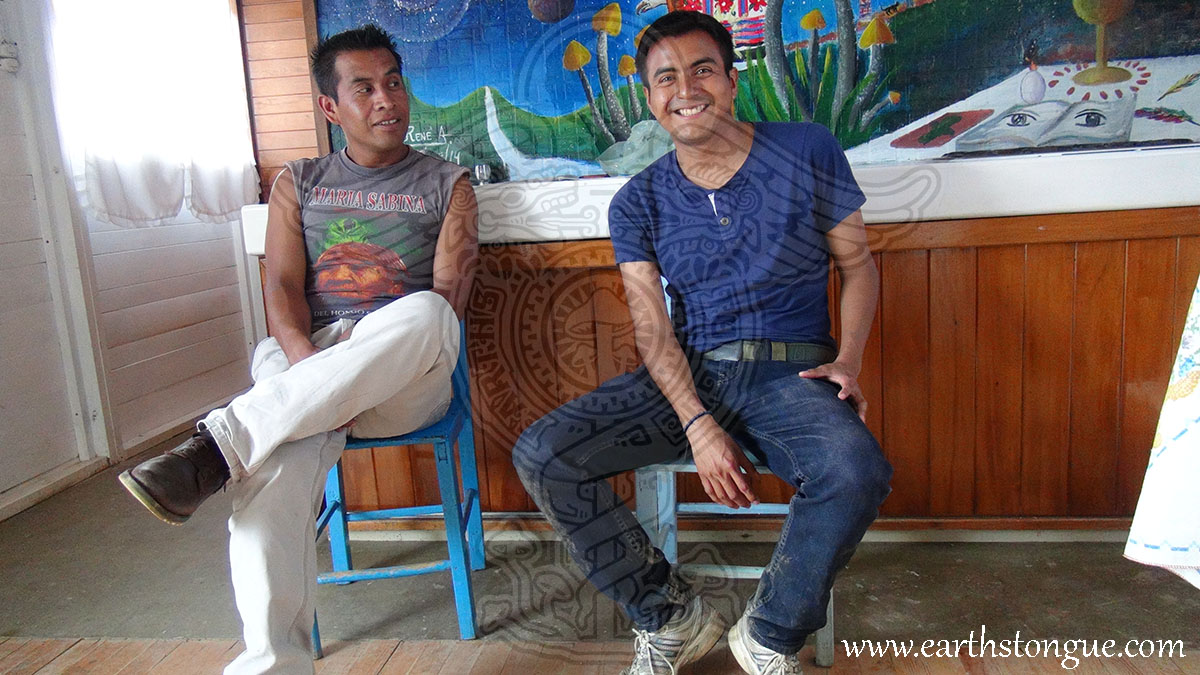
Bernardino Garcia Martinez and Jorge Garcia Martinez (great-grandsons of Maria Sabina)
The government currently protects these families from prosecution from the law when it comes to psilocybin and possession of the sacred mushrooms, because of the long standing history of sacred mushroom use in the Mazatec culture. Although the mushrooms are not exactly legal per say, they are permitted to carry on with their traditions in using sacred mushrooms for rituals. The law basically looks the other way since this is their way of life, their tradition, their culture, and how they make a living since hundreds of years ago.
In the video, Jorge Garcia Martinez explains the "Niñitos Santos" and the law as well as the problems they've had in the past.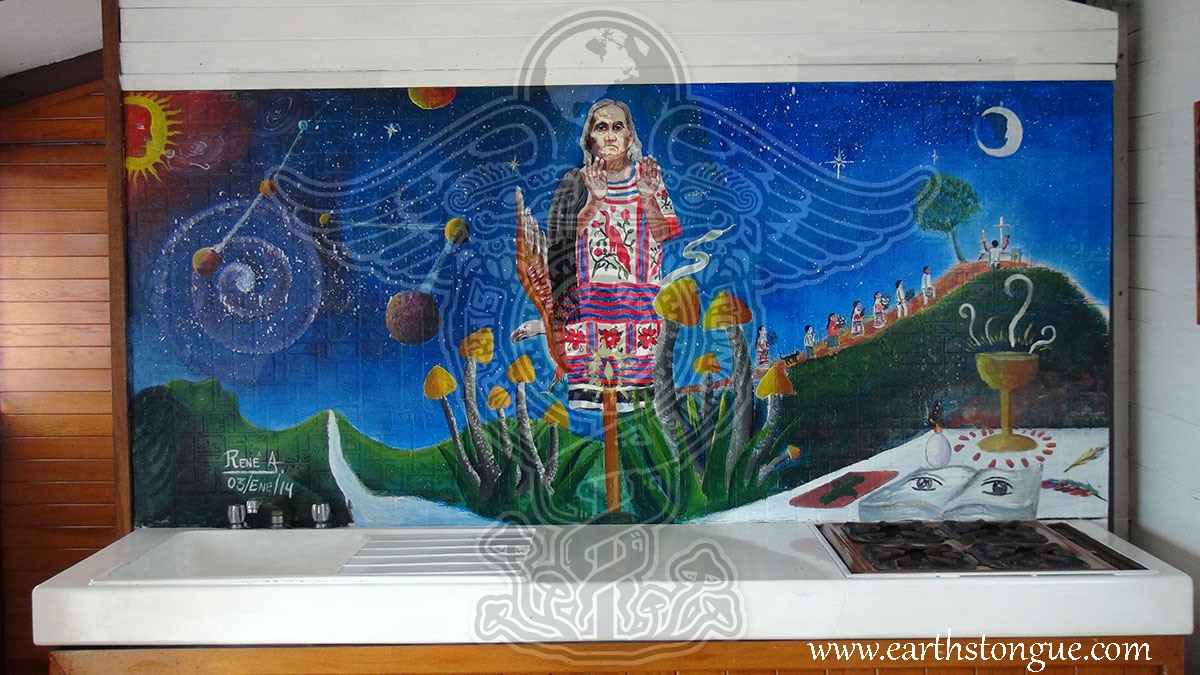
Maria Sabina's old kitchen and a newly painted mural in her memory.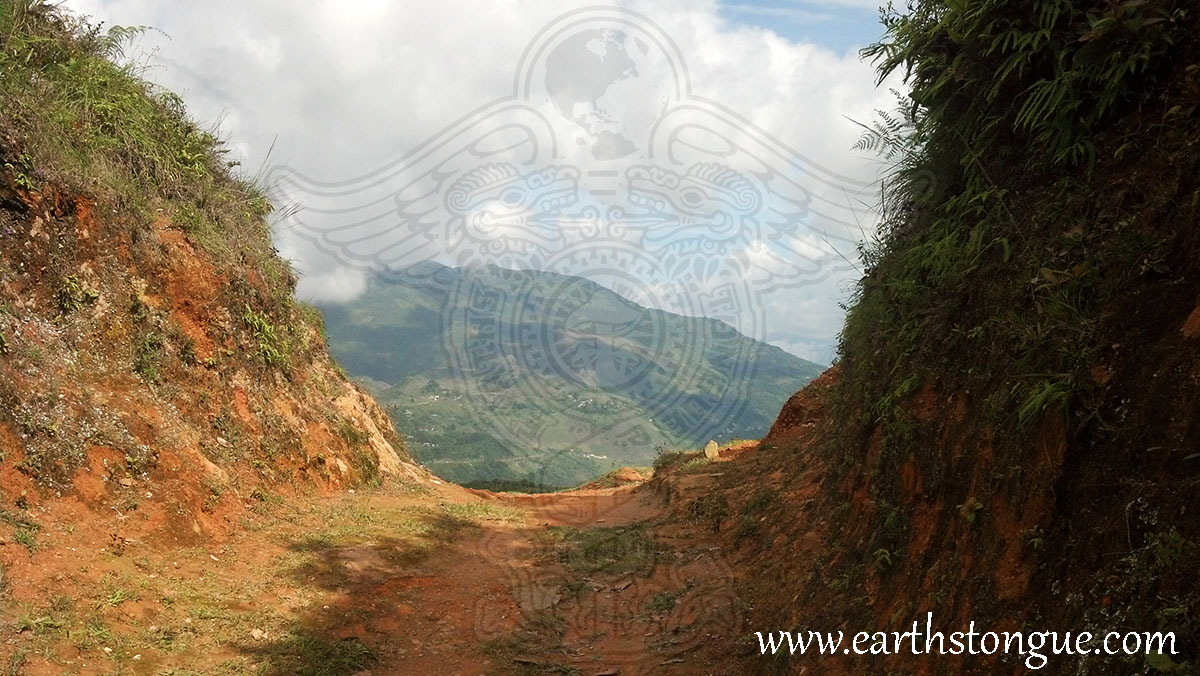
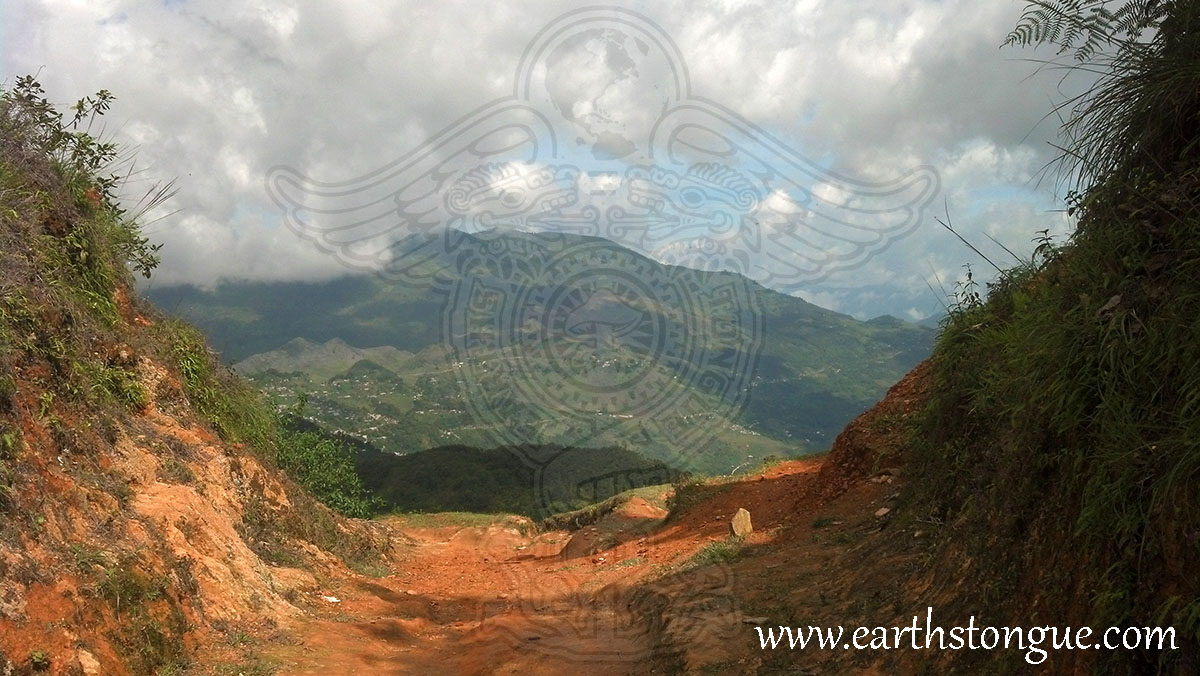
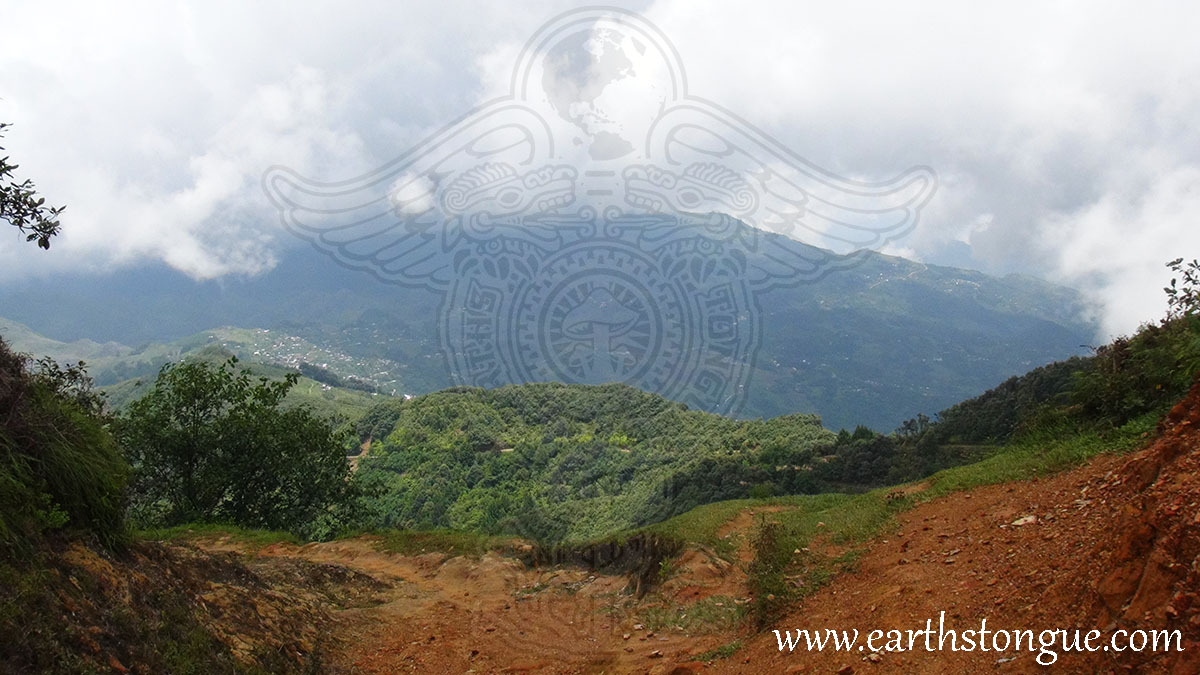
Cerro Fortin
*All Video Interviews are Being Editted and Will Be Realeased Soon.
*COMING SOON:
Part 3: Ben goes to the Mesophilic Foggy Mountains of Veracruz and strikes gold.
